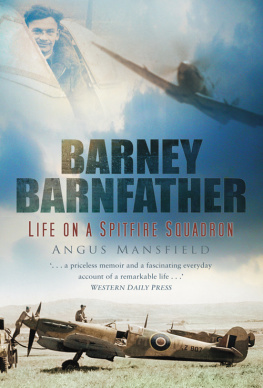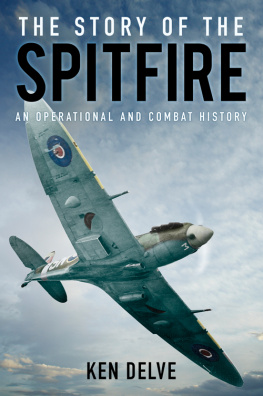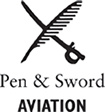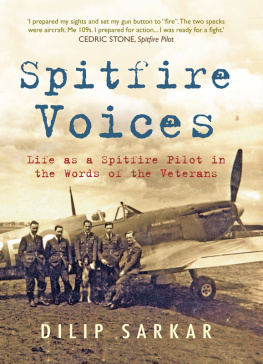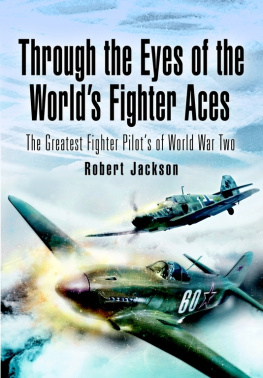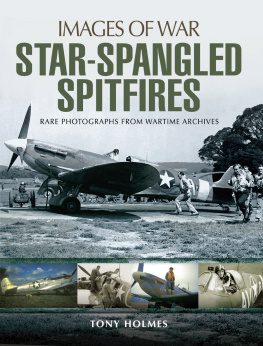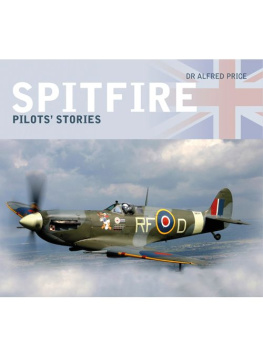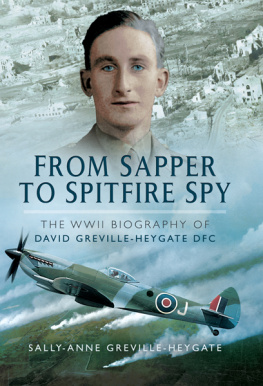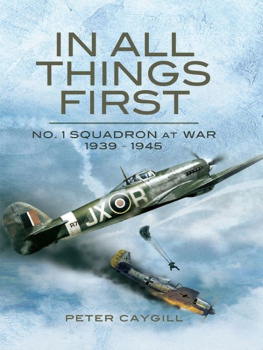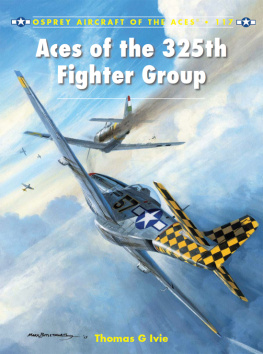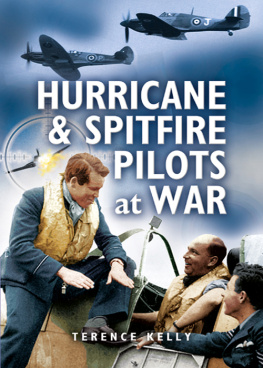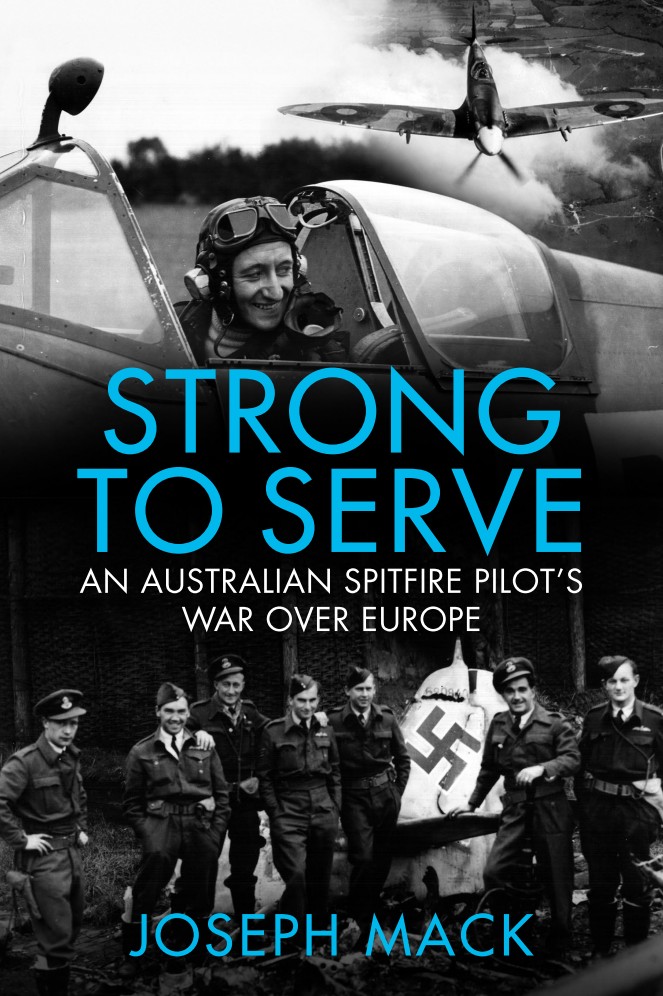Usually, we found the best fighter squadron was one that was made up of mixed nationalities; a couple of Poles, a Norwegian, a Canadian, an Australian and a couple of English pilots; that was the best mixed squadron
Johnnie Johnson.
CONTENTS
Copyright Joseph Mack
First published 2022
This book is copyright. Apart from any fair dealing for the purposes of private study, research, criticism or review as permitted under the Copyright Act, no part may be reproduced, stored in a retrieval system or transmitted in any form or by any means, electronic, mechanical, photocopying, recording or otherwise, without written permission.
All inquiries should be made to the publishers.
Big Sky Publishing Pty Ltd
PO Box 303, Newport, NSW 2106, Australia
Phone: 1300 364 611
Fax: (61 2) 9918 2396
Email:
Web: www.bigskypublishing.com.au
Cover design and typesetting: Think Productions

STRONG TO SERVE
AN AUSTRALIAN SPITFIRE PILOTS WAR OVER EUROPE
Table of Contents
For more great titles visit
www.bigskypublishing.com.au
STRONG TO SERVE
AN AUSTRALIAN SPITFIRE PILOTS WAR OVER EUROPE

JOSEPH MACK
FOREWORD
In this year commemorating the centenary of the Royal Australian Air Force (RAAF), I am extremely proud to be able to provide this foreword for this book on the life of Fred Riley. Having been born just over two years before the Air Force came into being on 31 March 1921, Fred has lived through all the milestones experienced by the RAAF over the past 100 years.
As the pages of this book reveal, Fred played a significant, albeit unsung, role in World War II as an Australian pilot serving between 1941 and 1945. As he is one of my Air Force fighter pilot forebears, I can only look upon Freds Air Force career with awe across his four years of service he amassed over 500 flying hours, of which at least 300 were flown in various marks of the venerable Spitfire. Fred played his part in the liberation of Europe from Nazi Germany, flying combat missions over the Continent before, during and after the D-Day landings in Normandy, France, on 6 June 1944 for which he received the French Legion dHonneur in 2014. He was also involved in numerous precarious sorties flying out of Belgium and Holland in support of the Allied advance before he was shot down.
This book regales the reader with Freds stories of flying training in the Empire Air Training Scheme, both in Australia and in Canada, as well as his time spent converting to the Spitfire with an Operational Training Unit in England. Having learnt to fly in peacetime, I can only imagine the extreme demands on the strength of character and resilience of Fred and the young men around him who were learning to fly during wartime. Each of these trainee airmen faced the certainty that they would proceed straight into combat units, either as fighter or bomber pilots, flying sorties over Europe with the constant risk of being shot down, captured or killed.
What particularly resonates with me are Freds experiences flying in an RAF unit surrounded by fellow pilots from across the Commonwealth and the United Kingdom. Freds stories of the solidarity, support and commitment flying alongside and protecting airmen from other countries, no matter nationality, race or skin colour, underscore the value of alliances and partnerships and, as we call it in Australia, mateship. This is a message as important today as it was for Fred and his fellow airmen in World War II.
Finally, I must commend Squadron Leader Joseph Mack for not only writing this book but for his extensive research that underpins the story. It is through works such as this that we will keep the memory alive of those who preceded us in the RAAF those who gave so much and are directly responsible for the outstanding reputation of the RAAF worldwide. Fred Rileys amazing life story is proof of that.
Then. Now. Always.
Air Vice-Marshal Robert Chipman, AM, CSC
Royal Australian Air Force
NOTE FROM
FREDS GRANDDAUGHTER JOANNE
Growing up, Fred (or Gramps as I have always known him) never talked about his time as a Spitfire pilot. I was always told dont ask him about the war and he doesnt like to discuss it, but following conquering cancer at age 87, I think something changed. It felt like Gramps understood that if he didnt start to talk about the war and begin to let others know what he and the pilots in his squadron did, no one would know and these stories would be lost forever.
Once Gramps started to open up and recount this time of his life, he spoke fondly of his time training in Australia, Canada and the UK. He proudly recalled his brushes with famous generals, admirals and dignitaries, and described flying his favourite aircraft: the Spitfire XIV. Gramps also told us about the skills and adventures of the pilots in his mixed nationality Spitfire squadron; detailing the challenges that they overcame together, their successes, close calls and their contribution to the Allies war effort. He explained the luck he encountered to survive the war, when many others he flew with did not.
For over sixty years, Gramps did not look at or share his wartime photos, medals, memorabilia, or the logbook in which he meticulously recorded his flights. When he started talking about his experiences, he also began to show these items to his family and friends. He started to attend Anzac Day services near his home in South Australia, first in Kapunda and then later in One Tree Hill.
Following the war, Gramps never travelled overseas, but in 2014 the opportunity presented itself. He had found an article published by the Department of Veteran Affairs which offered a trip to France for veterans to commemorate the seventyyear anniversary of the D-Day landings. Aged 95, Gramps was worried he was too old and not mobile enough, but I applied on his behalf. Although he was the oldest on the trip, he very much kept up with the other veterans. He had a great time in France, and this led him to being a bit of a local media celebrity and he started telling his story much more widely.
On behalf of the family, we wholeheartedly thank Joseph Mack for taking the time to write this book. He has extensively researched wartime records and pieced this information together with Grampss own recollections and those privately documented by the pilots he flew with. The result is a book which not only tells Grampss life and wartime career, but it is also a remarkable account of 130 Punjab Squadron which may have otherwise remained untold.
Next page

